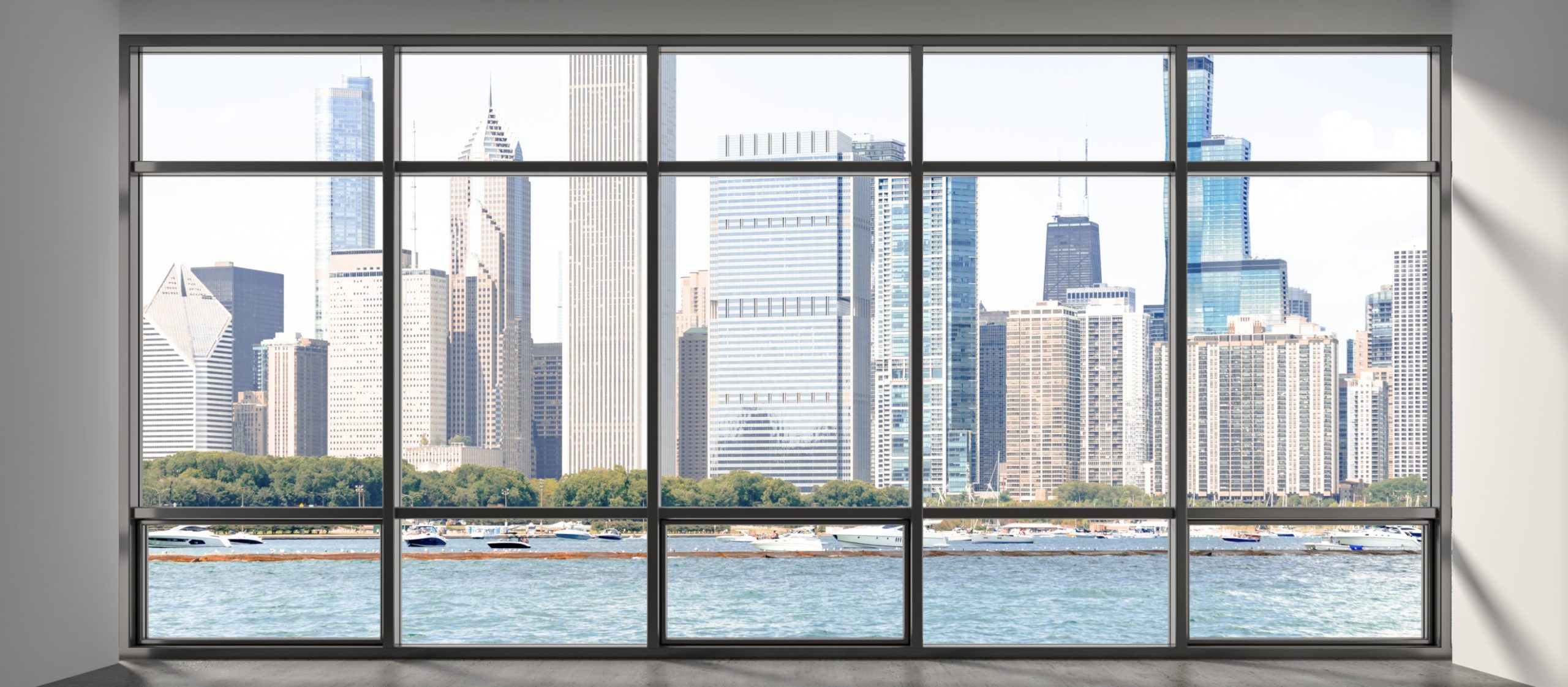Illuminating the Past: A Brief History of Large Glass Windows
In today’s architectural landscape, large glass windows are not just functional elements but also aesthetic statements, allowing natural light to flood indoor spaces and offering panoramic views of the surrounding environment. However, the journey to the widespread use of these expansive windows is a fascinating tale that spans centuries. Let’s embark on a journey through time to explore the rich history of large glass windows.
Ancient Beginnings: The concept of using glass to cover openings in buildings dates back to ancient civilizations such as the Romans and Egyptians. Initially, glass was a luxury reserved for the elite, with small, intricate panes set into ornate frames to create windows. These early windows served primarily decorative purposes and were often adorned with colorful patterns or religious imagery.
Medieval Advancements: During the Middle Ages, the production of glass became more sophisticated, leading to larger and clearer panes. However, windows remained relatively small due to the limitations of glassmaking techniques and the high cost of materials. It wasn’t until the Gothic era that we began to see the emergence of larger windows in cathedrals and churches, allowing for the creation of intricate stained glass designs that became iconic symbols of medieval architecture.
Renaissance and Beyond: The Renaissance period saw further advancements in glassmaking technology, paving the way for larger and more versatile windows in residential and commercial buildings. Innovations such as crown glass and cylinder glass made it possible to produce larger panes with greater clarity and strength. As a result, windows became more than just openings for light and ventilation – they became integral components of architectural design, shaping the aesthetics and functionality of buildings.
Industrial Revolution: The Industrial Revolution brought about significant changes in the production of glass, making it more affordable and accessible to the masses. With the invention of the float glass process in the 20th century, it became possible to produce large, flat sheets of glass quickly and economically. This technological breakthrough revolutionized the construction industry and paved the way for the widespread use of large glass windows in modern architecture.
Contemporary Trends: Today, large glass windows are ubiquitous in architectural design, ranging from sleek skyscrapers to minimalist residential homes. The advent of energy-efficient glazing technologies has further enhanced the performance of these windows, offering improved insulation and solar control while maximizing natural light intake. As sustainability and environmental consciousness continue to shape architectural trends, we can expect to see even more innovations in the realm of large glass windows.
In conclusion, the history of large glass windows is a testament to human ingenuity and innovation, spanning millennia of architectural evolution. From humble beginnings in ancient civilizations to the sleek, high-tech designs of the modern era, these windows have played a crucial role in shaping the built environment and enriching our living spaces with light and beauty.


